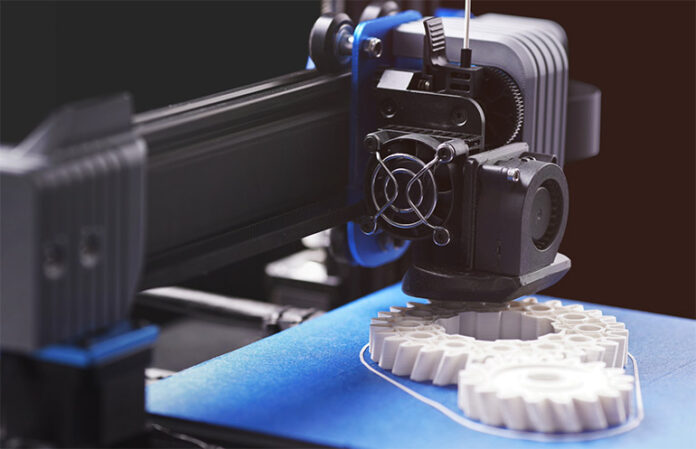Modern manufacturing is undergoing a transformation as robotics and 3D printing converge to redefine industry standards. This innovative fusion of technologies paves the way for more agile production methods and opens new avenues for customization and efficiency in automated systems.
Unlocking Customization with Additive Manufacturing
A major breakthrough in robotics is the ability to efficiently produce tailored components. Traditional production methods can be both costly and complex when it comes to creating unique parts such as specialized grippers or intricate assemblies. In contrast, additive manufacturing offers manufacturers—from small businesses to large corporations—a way to fabricate custom components on demand without the limitations imposed by tooling or minimum order sizes. This flexibility stems from the digital design process, which translates virtual models directly into physical objects by layering materials, bypassing the lengthy setups associated with conventional techniques like injection molding or casting.
Improving Performance Through Lightweight Designs
3D printing brings another significant advantage by enabling the creation of parts with optimized weight and enhanced performance. Engineers can design complex geometries and hollow structures that reduce material usage and improve structural strength. Lighter components not only extend the lifespan of robotic systems by lessening wear and tear but also contribute to increased speed and efficiency on production lines. Moreover, lighter designs allow for the development of compact yet powerful robots for demanding tasks, potentially lowering energy consumption and reducing carbon emissions. This approach is particularly critical in applications such as humanoid robotics, where maximizing battery life and ensuring safety are paramount.
Streamlining Assembly and Boosting Flexibility
Beyond customization and weight reduction, 3D printing can simplify assembly processes by merging multiple parts into one integrated component. This consolidation minimizes the time needed for assembly, cuts down on inventory complexities, and reduces the number of potential failure points. Various sectors—including automotive, aerospace, and food processing—can reap the benefits of this method. For example, in food processing, fewer joints and connection points not only speed up production but also improve hygiene by eliminating areas where bacteria might thrive. Additionally, the technology allows manufacturers to split a single design into distinct components when a flexible format is required.
Accelerating Prototyping and Iterative Design
The rapid nature of 3D printing significantly speeds up prototyping and design validation in robotics. Engineers can quickly convert conceptual ideas into functional prototypes, which facilitates swift modifications and shortens the time-to-market. This iterative design process supports continuous improvement, ensuring that robotic systems can keep pace with evolving technological demands.
On-Demand Production for Operational Resilience
In environments where any production downtime is critical, the ability to manufacture spare parts on demand proves invaluable. With 3D printing, replacement components can be produced locally and quickly, thereby reducing lead times and cutting inventory costs. This rapid production capability is essential for maintaining continuous operational readiness and minimizing disruptions in robotic systems.
Real-World Applications and Future Potential
3D printing is revolutionizing the creation of essential components like grippers and soft robotics parts. In one notable collaboration, a redesigned robotic gripper achieved a dramatic reduction in weight and part count, along with significant cost savings, demonstrating the tangible benefits of additive manufacturing. Additionally, integrating sensors and electronics directly into 3D-printed components streamlines assembly and enhances functionality. In some cases, robots themselves can be adapted to function as large-scale 3D printers, depositing materials layer by layer to create parts for industries as varied as metalwork and construction.
Looking Ahead
The convergence of robotics and 3D printing is setting the stage for a new era in manufacturing. From creating customized components to enabling rapid prototyping and ensuring operational resilience, additive manufacturing is transforming how industries approach production. This dynamic synergy not only fosters greater innovation and efficiency but also supports sustainable practices through lightweight design and reduced resource consumption.





